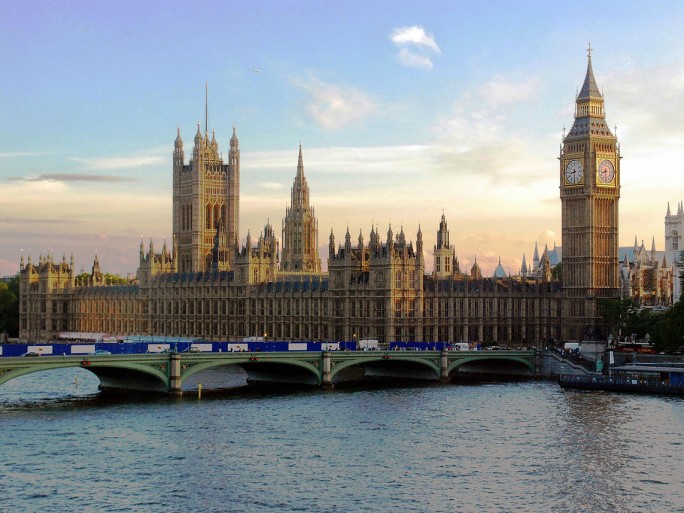NAO: Government Digital Service ‘Struggling To Adapt’

After carrying out its initial objectives, the Cabinet Office’s GDS has found it difficult to define its place in managing digital change, according to the NAO
The Cabinet Office’s Government Digital Service (GDS) has successfully promoted new approaches to digital projects in government, but has struggled to adapt to its changing role following the completion of initial flagship initiatives, according to the National Audit Office (NAO).
In a report published this week the NAO said the government’s digital change efforts have met with only partial success, and have yet to demonstrate a sustainable direction that delivers value for money.
![]()
Mixed track record
“Digital transformation has a mixed track record across government,” said NAO head Amyas Morse. “It has not yet provided a level of change that will allow government to further reduce costs while still meeting people’s needs.”
He noted that while GDS’ initial focus was on “robust assurance” of major IT projects, it needed to move toward a “more consultative approach” – a shift the NAO believes is taking place.
When founded in 2012 GDS initially targeted 25 services across government for end-to-end service redesign, the NAO noted. By March 2015, 15 of those exemplars were providing live online services and a further five were available to the public in trial form.
But as transformation programmes, the exemplars have shown mixed success, with GDS identifying net-present value for only 12 of the 22 programmes, the NAO said.
Confusion
GDS initially established controls over spending that have helped to increase flexibility in departments’ IT contracts, as well as introducing frameworks such as G-Cloud and the Digital Services Framework to improve contracting with small and medium-sized businesses.
But the NAO explained that the combination of strict controls and uncertain requirements has led to confusion about GDS’ role in assuring major programmes.
It noted that GDS hasn’t sustained its framework of standards and guidance, with overlapping guidance and in some cases guidance removed leading to broken web links.
The Verify identity assurance platform was initially intended to be adopted across all departments, but some people have found it difficult to use and departments have taken longer and found it more difficult to adopt than expected.
In response, GDS now allows nine of the 12 services that currently offer Verify to also offer other options in parallel. While this shows a more flexible approach, it also undermines the business case for such projects and means confusion for users, the NAO said.
More broadly, it said it had found widespread views across government that GDS has “struggled to adapt to its changing role”.
 More clarity needed
More clarity needed
Going forward, the NAO said GDS , departments and other parts of central government need to better clarify responsibilities for change projects, and advised GDS to review central projects such as Verify to ensure they meet a need that isn’t already being fulfilled by departments.
The NAO recognised that GDS has begun to modify its approach, adopting a way of working based on individual departments’ circumstances and taking into account the importance of managing existing systems.
The government responded that the NAO’s report had acknowledged GDS’ achievements, including £1.3 billion that GDS says has been saved through IT spending controls.
“Our recently published Government Transformation Strategy sets out our approach to transform government even further, delivering better public services for the citizen while saving money for the taxpayer,” the government said in a statement.
Put your knowledge of artificial intelligence (AI) to the test. Try our quiz!